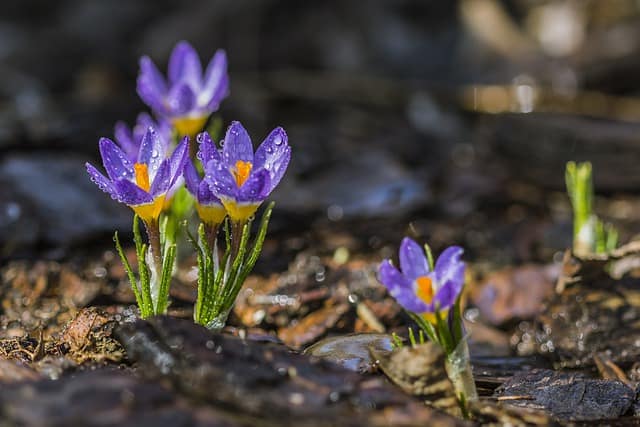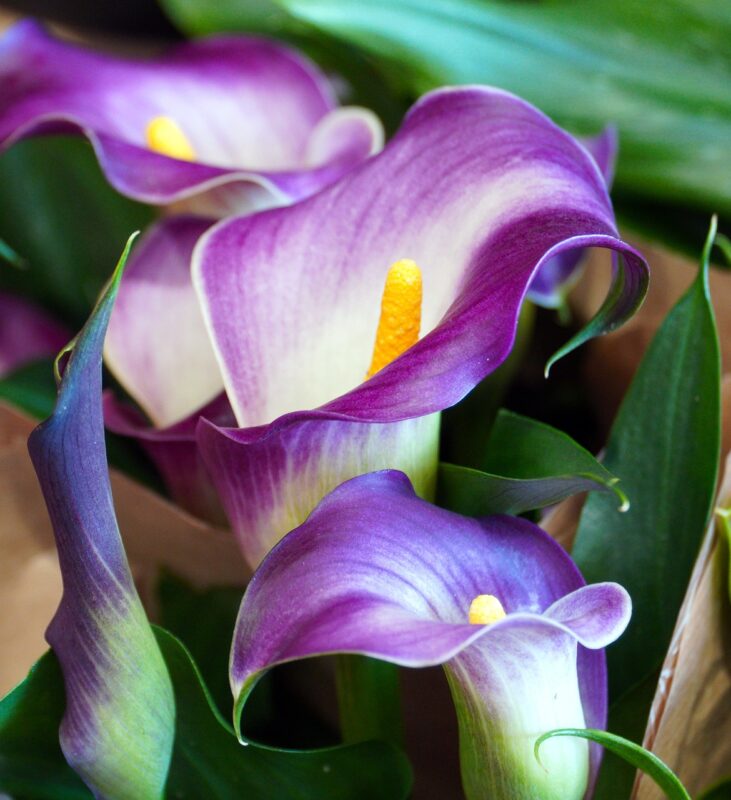In this extensive guide, we will delve into the intricacies of bulb planting, examining various types of bulbs, their temperature tolerances, ideal planting dates, and tips for success tailored to different regions.
USDA Hardiness Zones

To understand when you can plant bulbs, it’s essential to familiarize yourself with the USDA hardiness zones. These zones are based on the average minimum winter temperature and are used to determine which plants are most likely to thrive at a location.
Zone 1 (below -50°F)
Zone 2 (−50°F to −40°F)
Zone 3 (−40°F to −30°F)
Zone 4 (−30°F to −20°F)
Zone 5 (−20°F to −10°F)
Zone 6 (−10°F to 0°F)
Zone 7 (0°F to 10°F)
Zone 8 (10°F to 20°F)
Zone 9 (20°F to 30°F)
Zone 10 (30°F to 40°F)
Zone 11 (above 40°F)
Understanding your zone will help you determine not just the best planting times, but also the bulbs that can survive your winter conditions.
Late Planting: The Ideal Situation

The ideal time to plant spring-blooming bulbs (like tulips and daffodils) is generally in the fall, approximately six weeks before the ground freezes. However, if you’ve missed this window, all hope is not lost. This section will discuss how late you can plant different types of bulbs, emphasizing specific returns categorized by USDA zones.
Zone 1 and 2: Extreme Cold Tolerance

In colder climates, late planting is more challenging due to the risk of soil freezing. For these true hardiness zones, consider the following:
Daffodils (Narcissus) – Hardy to Zone 3. Due to their fortitude, if you can plant them by mid-September, you’re in the ideal timeframe. However, small bulbs can still be planted until early November.
Snowdrops (Galanthus) – These delicate flowers can withstand extreme cold and can be planted until late November. They thrive in well-drained soil and prefer partial shade.
Zone 3 to 4: Planting Transition

In zones with moderately cold winters, you have a bit more leeway. Here are some bulbs you can plant later.
Tulips (Tulipa) – These bulbs generally prefer to be planted in October, but you can push this into early November if the temperatures stay mild. Tulips require a chilling period of at least 12-14 weeks, ideally filling that need before the soil reaches freezing.
Crocus – Hardy and vibrant, crocuses can be planted up until early November but are best planted in the cool autumn temperatures. They can tolerate light frosts.
Zone 5 to 6: Flexible Planting Options

Transitioning further south to zones 5 and 6 provides more flexibility with planting:
Hyacinths (Hyacinthus) – Best planted in mid-October, these bulbs are tolerant of late planting and can still thrive if planted by late November, as they require reduced chilling to break dormancy.
Alliums – These bold balls of color can be planted until early December, especially in partial shade. Alliums do best when planted in slightly warmer, well-drained soil.
Zone 7 to 8: The Late Bloomers

In warmer zones, the need for chilling is less stringent, allowing for diverse spring blooms even if planted late:
Dahlias – Technically tubers, dahlias can be planted as late as April and will still flower beautifully as summer hits. These flowers thrive in warm, sunny areas.
Gladiolus – Like dahlias, gladiolus are tender and can be planted in the spring after the threat of frost has passed, typically in April or May, which gives you a wide window.
Zone 9 to 11: Tropical and Warm Climate Paradises

In these zones, late planting can mean choosing varieties that are less sensitive to temperature fluctuations:
Calla Lilies – These stunning blooms can be planted from February onwards and can bloom into the fall. They can thrive in a variety of conditions but prefer sunny spots.
Amaryllis (Hippeastrum) – Amaryllis can be forced indoors from mid-November onwards. Their beauty shines in winter, providing vibrancy during the holidays.
Factors to Consider for Late Planting
When it comes to planting bulbs late, there are several factors you need to consider to ensure success:
Soil Temperature: Bulb planting should occur when the soil temperature is ripe for root growth. If the soil is too cold, bulbs will not establish.
Frost Dates: Knowing your local frost dates is crucial. Always plant bulbs after the last frost date for spring-blooming varieties.
Moisture Levels: When planting bulbs late, ensure your soil is adequately moist but well-drained. Overly wet conditions can lead to rot.
Health of Bulbs: Always select healthy bulbs. Any that show signs of mold, softness, or discoloration should be discarded.
Mulching: After planting bulbs late in the season, using mulch can help insulate the soil, retain moisture, and protect against frigid temperatures.
Tips for Successfully Planting Bulbs Late
While the concept of late planting may seem daunting, a few expert tips can help ensure your bulbs flourish, regardless of when they are planted:
Select the Right Varieties: Always choose bulks that are suited to your zone and can tolerate late planting conditions.
Proper Planting Depth: Follow the recommended planting depth based on bulb type; generally, this is about two to three times the size of the bulb.
Ensure Drainage: Bulbs, particularly those planted late in wetter conditions, need excellent drainage to prevent rot.
Keep Them Cool: If planting late, consider finding a cooler location or using a cold frame to regulate temperature.
Water Wisely: Newly planted bulbs need a little water to establish but do not drown them; excess moisture can be detrimental.
Conclusion: The Possibilities of Late Bulb Planting
The striking beauty of bulbs can brighten any garden space, even when planted later than the traditional times. From the hardy daffodils in cooler zones to the luxuriant calla lilies in the warmer zones, each bulb has its unique characteristics and requirements. By understanding your USDA zone and the tolerance levels of different bulbs to cold, as well as best practices for late planting, you can still experience the joy of these vivacious flowers.
By increasing your bulb gardening knowledge and considering late options, you are well equipped for a colorful array of blossoms that can provide splashes of color from early spring through to summer’s end. So, whether you find yourself with last-minute plantings or just wish to try your luck with a few more blooms, remember: the garden always has a way of rewarding those who dare to dig deep.





